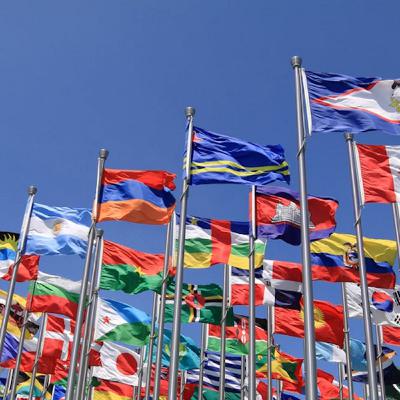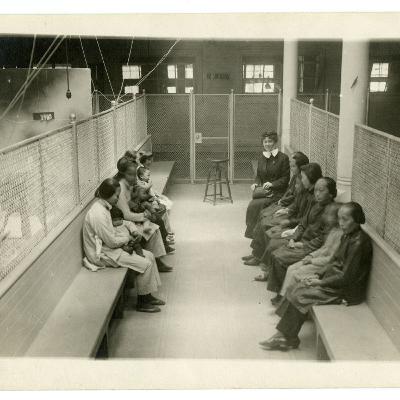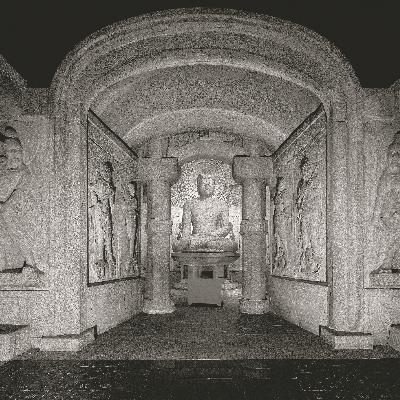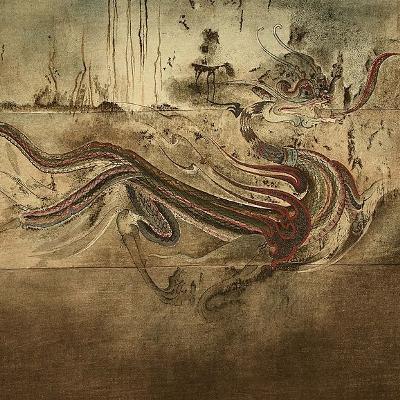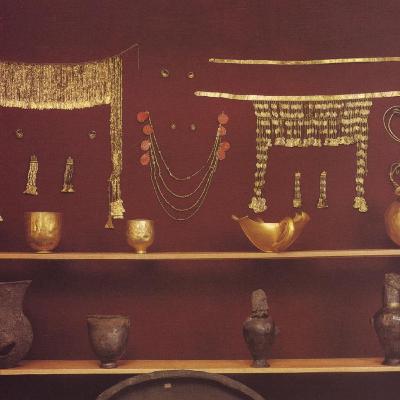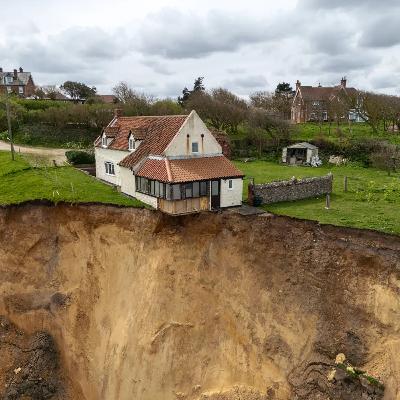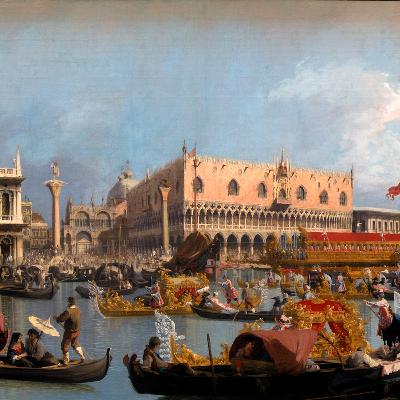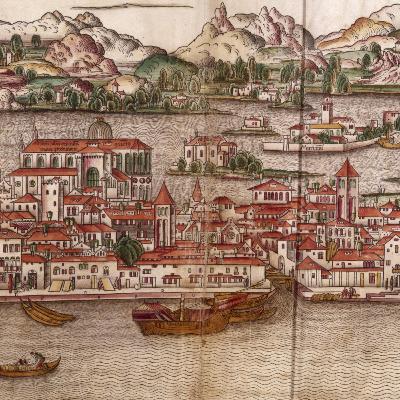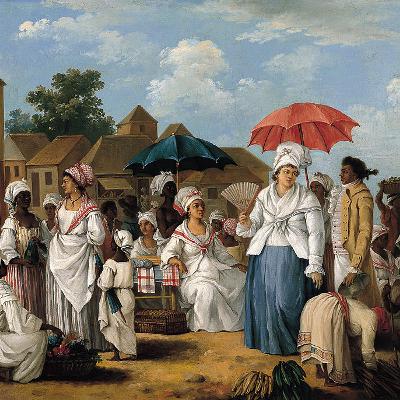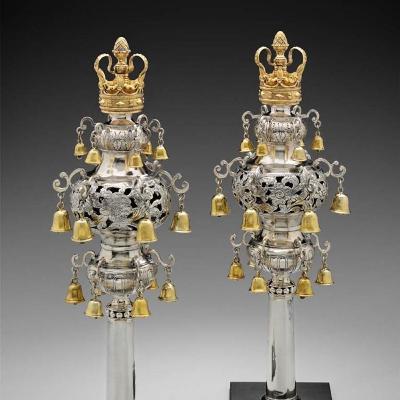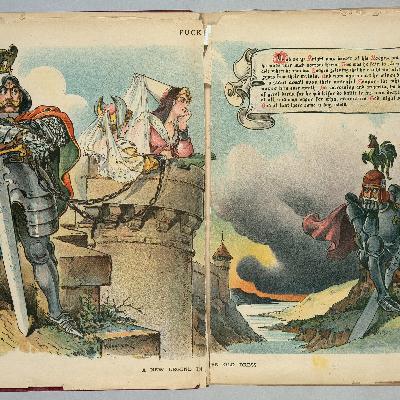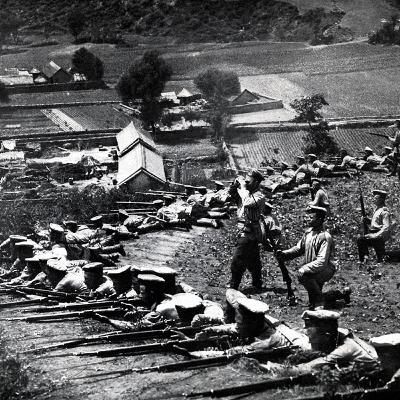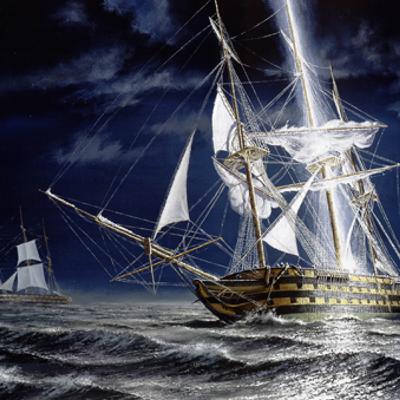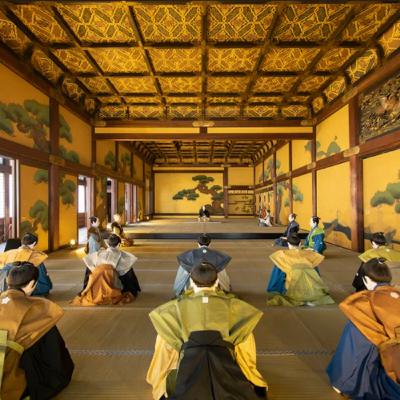Myth of the Month 25: Nations
Description
Nations: What are they? Are they defined by language, by “culture,” by blood, or something else? How do you know if you are part of one? —and is everyone in the world a member of one nation or another?
We follow how the rise of medieval kingdoms and universities and the print revolution made it possible for people in the West to imagine themselves as part of extended kinship groups united by a common language and ancestry, how these abstract “nations” differed from all earlier social groupings, how nations have developed a standard template for national history and mythology, and how since the French Revolution, “nationalism” has inspired the loyalties and fired the passions of millions.
Finally, we consider how scholars and critics have torn the concept of the nation to shreds, and then have tried to account for the profound transformations in consciousness and time made it possible for people to conceive of themselves as belonging to nations in the first place.
Apologies for the osprey squawking in the background of the lecture!
Suggested further reading: B. Anderson, "Imagined Communities"; Ernest Renan, "Qu'est-ce qu'une nation?"; Grosby, "Nationalism: A Very Short Introduction"; Potter, "The Historian's Use of Nationalism and Vice Versa"
Music: “Danse du Grand Calumet de la Paix” / “Forets Paisibles,” from the opera-ballet “Les Indes Galantes,” by Jean-Philippe Rameau & Louis Fuzelier, 1735, performed by Les Arts Florissants, with vocalists Patricia Petibon & Nicolas Rivenq.

